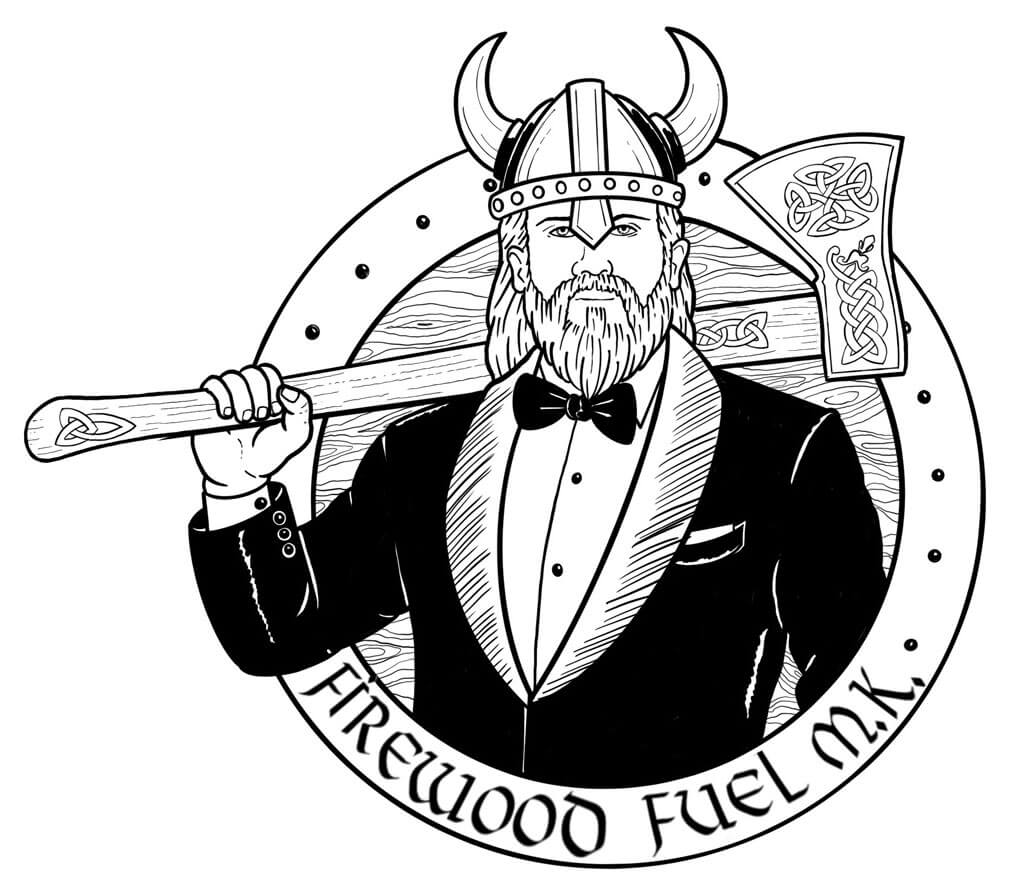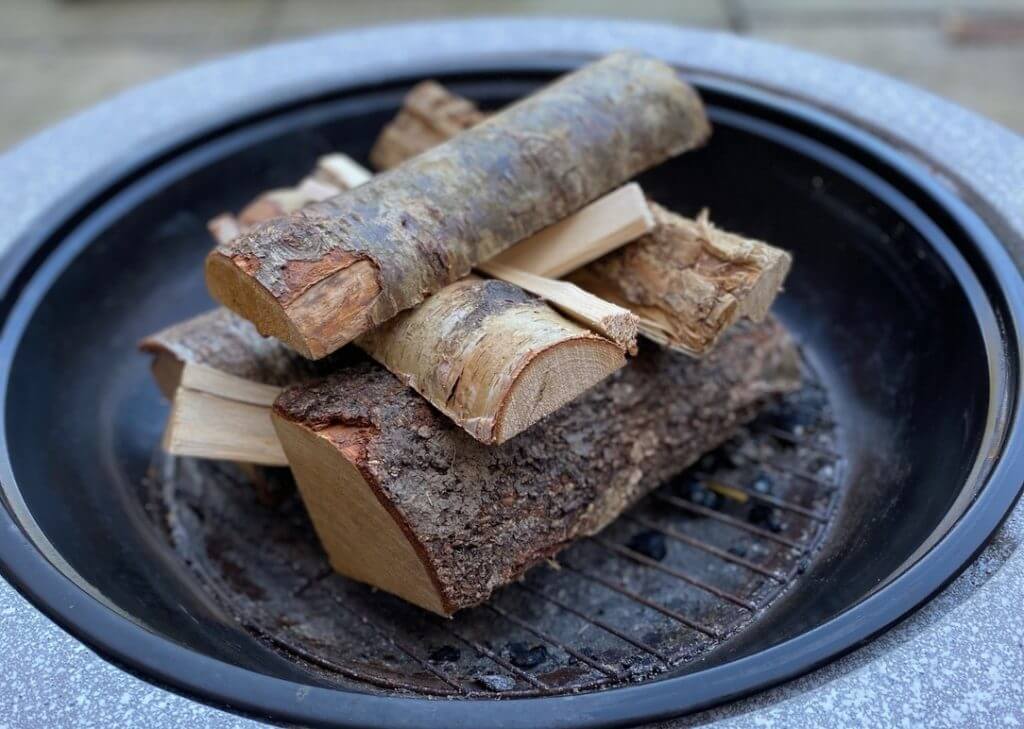/
0800 8620863Fueling Your Fires & Heating Your Homes - Since 2012



Published on 24 May 2023
Posted in
The Ultimate Guide to Starting Fires: Tips, Tricks, and Firewood Fuel MK Recommendations
Hey there, fire enthusiasts, welcome to another Firewood Fuel MK blog, where we offer advice on lighting your fires – we’re all about starting fires like pros and avoiding smoke signals that scream “rookie.”
Whether you’re a seasoned fire wizard or a newbie in the world of pyromania, we’ve got your back! In this comprehensive guide, we’ll dish out the hottest tips on starting fires, choosing the right kindling, and keeping smoke and ash at bay.
Let’s ignite this blog and get the fire started!
1. The Basics of Fire Starting –
Understanding Firewood:
Get the lowdown on different firewood types and which ones will make your flames dance with joy, check out our ‘About’ pages on our website, they explain everything you need to know about Seasoned Firewood (Softwood & Hardwood) and Kiln Dried Firewood. It’s important to understand what wood you should use to avoid wasting money, for example if you’re using your fire everyday for long periods of time then seasoned softwood would not be your best option as it is less dense and will burn quickly compared to hardwood.
Kindling:
Size matters, folks! Make sure to consider the size of the kindling for your fire depending on the size of your fireplace or stove and whether you’re inside or outside. Using large pieces of kinling in a small burner may produce smoke and cause the fire to go out quickly. The same goes for how many you use, you don’t want to overload the fire, only a small amount 3-6 pieces should be needed to start your fires.
Firelighters:
We offer a natural solution for starting your fires thats better for you and the environment. The hydrocarbons in lighter fluids do not break down easily so you could be ingesting them through your food or inhaling the fumes from your fireplace, though it’s not lethal, it isn’t great for you health over time. Our natural firelighters are made from wood shavings and covered in a wax – they are sustainable, biodegradable and non-toxic. They are also odourless and smokeless.
2. Building the Perfect Fire –
Creating A Fire Lay:
It’s like building a mini log village, from teepees, log cabins, and pyramids (not the Egyptian kind), it’s important to place and layer your kindling and firelighters in a way that allows air flow and lights easily. Placing 2-3 pieces of kindling side by side and then another 2-3 on top in the opposite direction will create a cabin like structure which you can adjust to allow more or less air before adding firelighters on top and inside the ‘cabin’ before lighting, creating a pyramid or teepee type structure can be a bit more difficult but it is an effective way to get your fire going with firelighters on the inside and a stack of kindling surrounding it, your fire will be lit in no time.
Arranging Firewood:
No, it’s not a Jenga competition, but it’s close! The art of stacking firewood for maximum airflow, longer-lasting fires, and minimal chances of collapsing wood towers is important so be sure to do a bit of research before getting into it. If you just throw your logs on your fire without thinking then this could cause the fire to go out so make sure to place smaller logs first and let them light before adding larger, denser logs. Don’t add too many at once either as this could also make the fire go out and produce lots of smoke.
Layering Kindling & Firelighters:
It’s all about that solid foundation! If you try to light your fire with just kindling it may not be enough to maintain a bright and hot flame, needed to light your logs. Be sure to use a mixture of kindling and firelighters or other natural materials like newspaper to help light that kindling and get your fire going in no time.
3. What Not to Do & Common Mistakes to Avoid –
Wet Wood:
Trust us, soggy wood is a major buzzkill – You should never invite damp firewood to your flame party! Damp wood is a lot harder to light due to the moisture inside, if it does light then it will produce a lot more smoke and ash when burning compared to properly seasoned wood. So make sure you’re buying seasoned or kiln dried firewood or if you’re using your own freshly cut wood then be sure to dry it out thoroughly before using.
Overloading:
Overcrowding your fire with too much wood leads to poor combustion and a smoke show that even Houdini couldn’t escape. Make sure to add your products slowly and when needed, adding logs to early on top of lit kindling could cause it to go out, as well as adding too many at once. We always recommend going in size order, add smaller and less dense logs first and then larger more dense hardwood after.
Ventilation:
Let’s not suffocate the flames, shall we? Good airflow is crucial for a smoke-free experience, make sure to stack your kindling and logs in a way which still allows good air flow. Also if you’re using a wood stove or small fireplace then there will usaully be a small opening above or below the door which controls air flow inside, make sure this always slightly open and adjust as necessary.
4. Maintaining Your Fire –
Stoking and Adding Wood:
Sometimes, a little poking goes a long way! It’s good to know the right time for stoking your fire and adding more wood without suffocating the poor flames. Give your kindling plenty of time to light and add small logs once there is a strong bright flame, if you leave it too long then you will have to add more kindling and let it light before adding logs. Once small logs have been added, let these light and burn for some time before adding your larger, denser logs. The logs should have a big bright flame and you may start to see the wood get red and hot coals at the bottom of your fire as the wood breaks up, this is when you should add your larger logs, once the smaller once have had plenty of time to light and get red hot.
Smoke & Ash:
Nobody wants a room that looks like it’s been through a war. To minimizing smoke production and ash buildup, make sure you research what would you should use depending on your situation and most importantly never use wet wood! Some species of wood will produce more smoke and ash than others, the dryness of your logs will also affect how much smoke is produced – the drier the wood, the less smoke there will be.
–
Now that you’ve got the fire-starting 411, you’re ready to rock that fireplace or bonfire like a boss!
Remember, Firewood Fuel MK is here to fuel your fire dreams with top-notch firewood, kindling, and firelighter options. Stay warm, cozy, and entertained with crackling flames while avoiding those pesky smoke signals and ash avalanches. Embrace your inner fire master and let Firewood Fuel MK be your partner in fiery crime!
Disclaimer
Remember to follow fire safety guidelines and local regulations when starting fires, folks! The information provided in this blog is for educational and entertainment purposes only. Firewood Fuel MK cannot be held responsible for any mishaps, embarrassing fire-starting fails, or unintended pyrotechnic displays resulting from your newfound fire-starting skills.

© 2025 Firewood Fuel - All rights reserved
Web Design and Marketing by Loop Digital